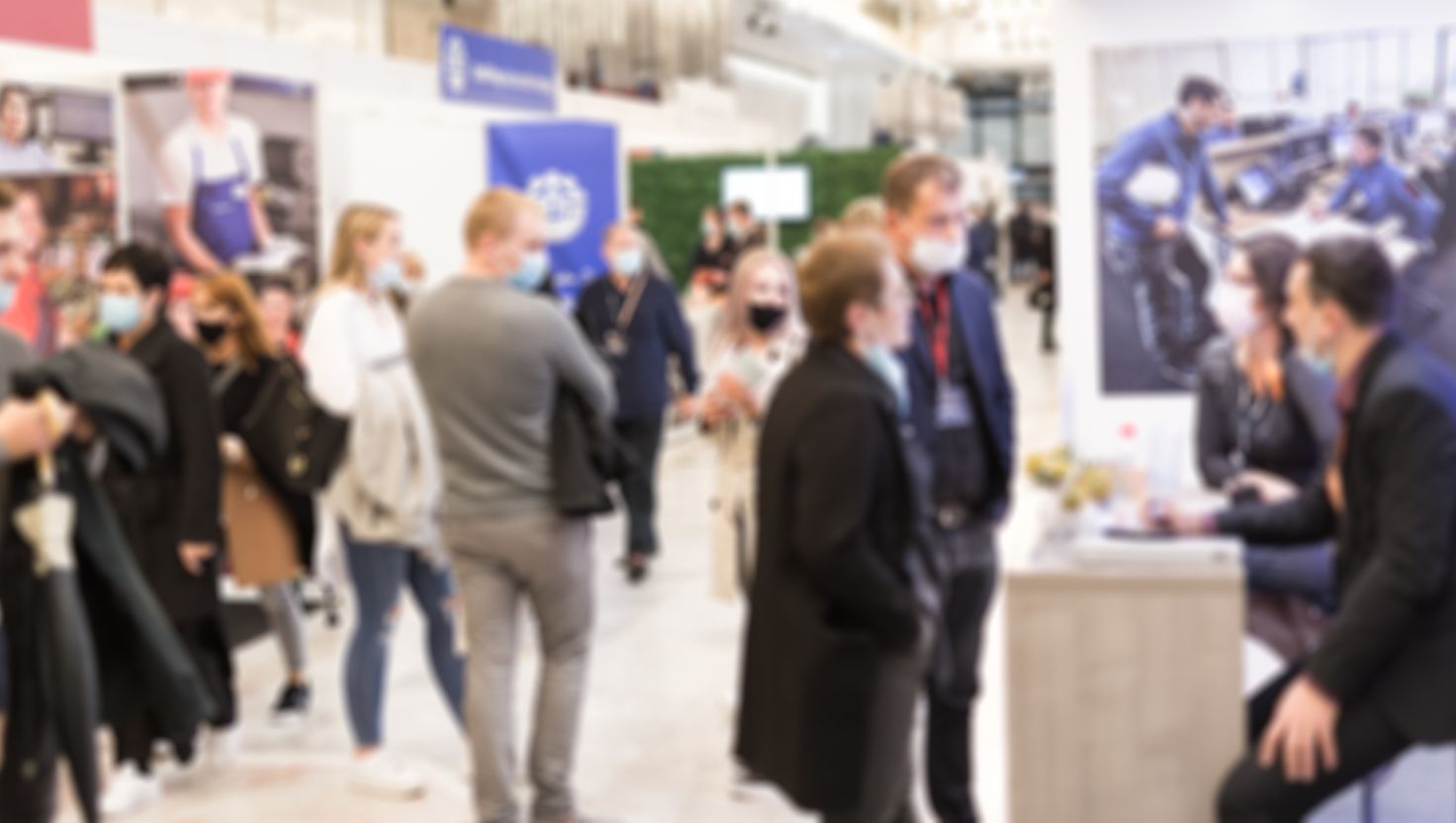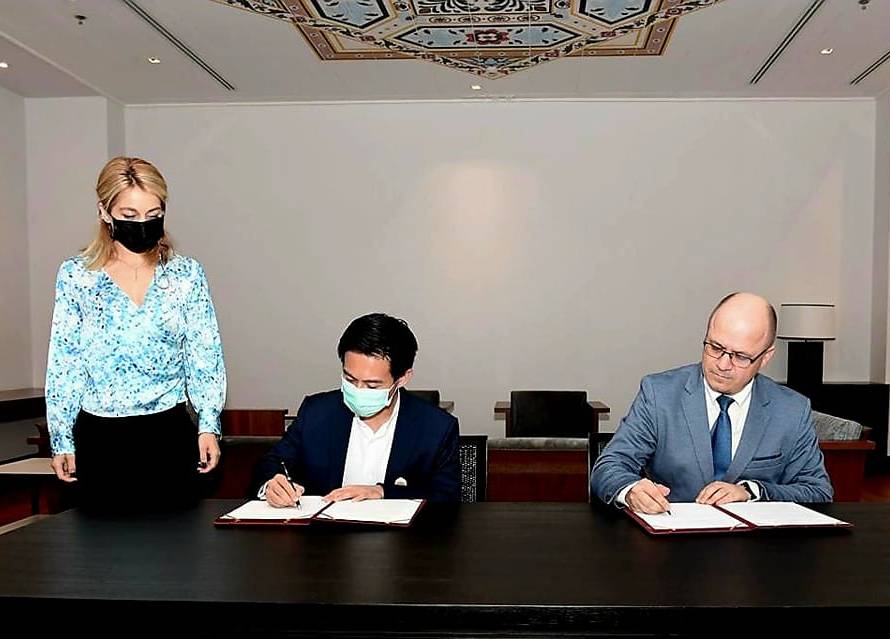The world of meetings, conferences, and exhibitions is going through a rapid transformation. After a few years marked by uncertainty, everyone involved is rethinking destinations, how experiences are designed, and how success is measured. Stripped of jargon, the story is simple: people want to feel safe, build relationships that truly matter, and go home feeling their time was well spent.
A first shift shows up on the map. Political instability and the fear of unforeseen events are pushing organizers toward places seen as steadier and better organized. Countries like Japan and Australia, along with rising destinations in the Middle East, are drawing more groups. India and South Africa are also showing up more often, a sign that emerging markets can gain ground when they offer predictability: clear procedures, reliable infrastructure, and trustworthy local partners.
Care for safety has also taken a decisive leap. Even if year-to-year changes seem small, compared with 2019 we are looking at a real change in mindset. It’s no longer just about guards, ambulances, and evacuation plans. Safety now includes attention to extreme weather, protection of participants’ personal data, well-managed internet access, and, just as important, thoughtful handling of sensitive social situations that can arise around an event. Good organizers discuss scenarios early, rehearse responses, and set clear responsibilities with the venue.
Another chapter being rewritten is how exhibitors judge their presence. The race for as many business cards as possible has proved misleading. Hollow contacts don’t bring sales, and teams come home tired and disappointed. More and more companies are realizing it’s better to invest in fewer, deeper conversations: well-run demos, pre-arranged meetings with decision-makers, and discussions that continue after the event. Success isn’t only seen in the first day’s numbers, but in the projects that emerge months later.
Audiences have raised the bar too. People no longer cross half the globe just to sit and listen to long presentations. They want interaction, practical ideas, spaces to meet peers with similar interests, and moments that create a genuine sense of community. To meet these expectations, organizers are reshaping programs: fewer monologues, more roundtables, workshops, guided sessions, and themed meetups that encourage dialogue.
In the background, confidence in the future is recovering after the wobble in mid-2024. Nearly half of organizations expect the next 12 months to be better, a visible rise from the previous quarter, even if we’re not back to the old enthusiasm yet. The good news is that fields where face-to-face meetings clearly add value—technology, health, energy, and cities with strong reputations—seem to be finding their rhythm faster.
Knowing your audience has become essential. It’s no longer enough to say “We target industry managers.” You need to understand what motivates people, what holds them back, how much time they’re willing to invest, what kind of experience they want, and what makes them return. New tools can help, but the key remains the same: listen, test ideas with small groups, adapt as you go, and be honest about what you promise.
A striking trend comes from younger generations. Many use business travel as a chance to discover places and experiences that would otherwise be hard to access: museums, cultural trails, local food, stories, and traditions. Events that build in these moments—before or after the main program—gain appeal and stick in the memory. In an age of photos and short videos, experiences that are “worth telling” matter more than ever.
The attitude toward new technologies has changed as well. Initial fear has given way to careful, useful adoption. Organizers use them to gather participant impressions faster, summarize key ideas, and spot areas where problems might appear. It’s not magic; it’s a set of tools that save time and clarify decisions.
Budgets, however, are under pressure while costs climb. Food, equipment, venues, hotels, transport, and staffing have all become more expensive than budgets have grown. This forces careful choices: where to invest so the participant truly feels the difference, and what can be simplified without hurting the experience. Often, gains come from invisible fixes: reducing no-shows through firmer confirmations, a more breathable schedule to avoid dead time, and deals that link payment to quality, not just to presence.
Sustainability is also stepping up. It’s no longer enough to sort waste and donate what’s left. The goal is to stop creating unnecessary waste in the first place, especially with food. Menus can be planned around realistic estimates, portions can be adjusted, and any surplus can be handled responsibly. Materials used for booths and décor deserve a second thought, and participant travel remains a major piece of an event’s overall footprint.
Seen as a whole, the business events industry is entering a stage where the courage to simplify goes hand in hand with the ambition to offer more meaning. Winning doesn’t mean shouting louder; it means creating settings where people feel safe, understood, and genuinely connected. Those who succeed combine attention to detail with healthy curiosity: they ask questions, measure what matters, admit mistakes, and adjust course. In a moving world, this may be the most solid kind of stability.



